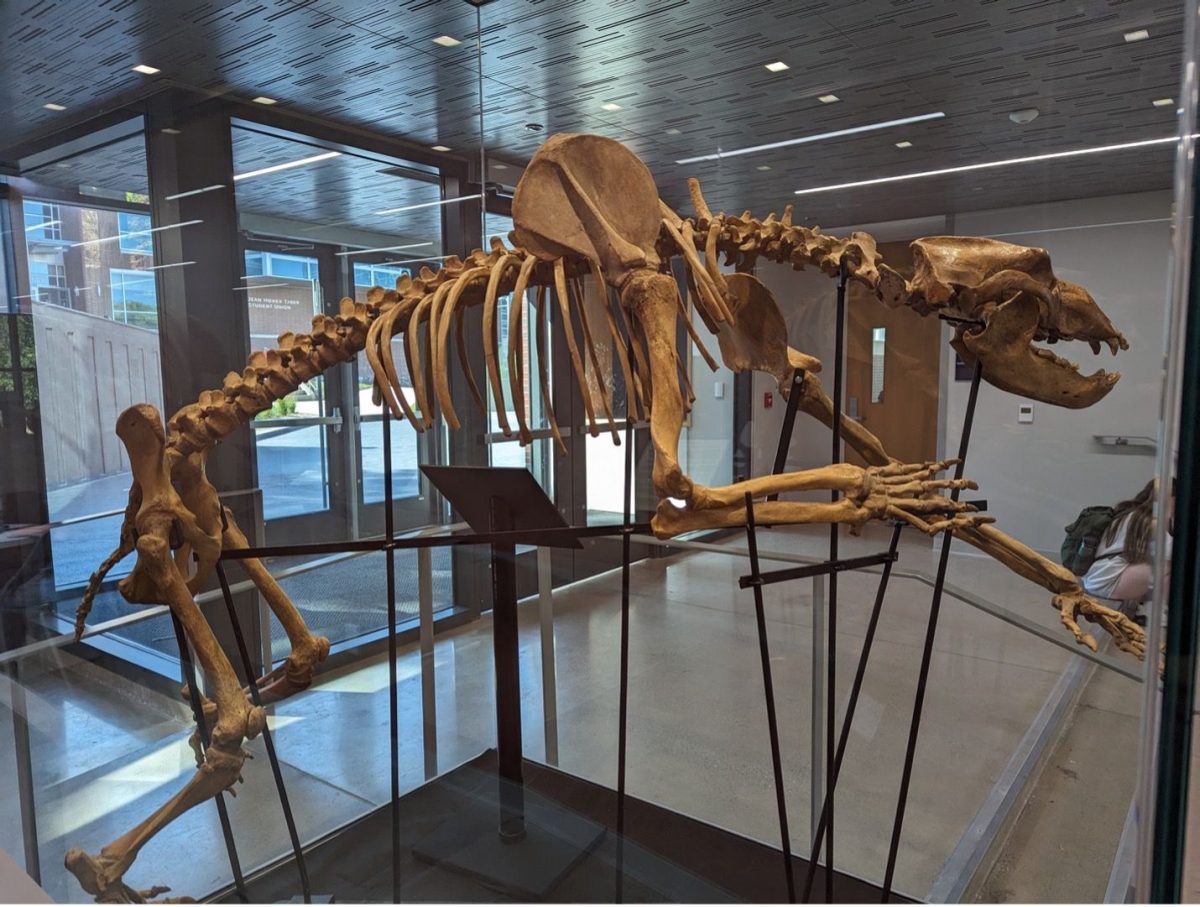” Surrounded by numerous books, papers, and other remnants of his nearly complete teaching career sits Dr. Gasper Garofalo, his smile surprisingly intact. As he began to speak, however, it fades as he explains exactly why the economy is in its current state.”
“
Surrounded by numerous books, papers, and other remnants of his nearly complete teaching career sits Dr. Gasper Garofalo, his smile surprisingly intact. As he began to speak, however, it fades as he explains exactly why the economy is in its current state.
There was a bubble, he explained. People on both sides took advantage of it, which led to its collapse. To put it in perspective, Garofalo gave a personal experience as an example.
He and his wife, wanting to move closer to their son, has been speculating about buying a house in San Diego during this bubble-that is, until they saw the prices for a small to medium sized home-around $700,000. Others, however, didn’t stop there.
People looked at these houses and speculated that they were going to be worth more in the future, Garofalo said. They knew the houses weren’t worth it, but they saw others doing it and making money, and there were institutions willing to give them the money. Both sides were speculating. Both sides also knew that the houses weren’t worth it.
That’s when the economic collapse came. Surprisingly, it didn’t begin with Fannie Mae, as we’re led to believe.
According to Garofalo, Fannie Mae was not nearly as bad off as places like Countrywide and other institutions, they were just larger.
Smaller firms would buy a mortgage, then sell it to larger companies such as Fannie Mae and Freddie Mac, and use the money to buy new ones. The problem? People’s incomes and credit levels weren’t always checked-and sometimes ignored.
When the payments stopped, the mortgages became bad. That’s how the term ‘toxic assets’ came into existence, he said. People overpaid for these toxic mortgages, and the financial institutions were holding many of them across the board before the economy caught up to them.
Garofalo compared this market to buying a car that someone promises is good, but turns out to be a lemon. From there, the economy snowballed-these toxic assets led to the freezing of the market, or sudden halt in financial trading that defined the crisis.
When businesses and consumers couldn’t get loans, there was no choice but for the economy to backpedal. Unfortunately, this situation wasn’t new to Akron. The haunting remnants of the once glorious tire industry existed before this current recession, and date back to the early ’80s.
There were no replacement companies from that time period, Garofalo explained. Many factory jobs were lost, and Akron never recovered. The question is, can we recover from this one? I think the Keynesian approach, which is the general approach Obama has taken, is the right way to go. We need a stimulus package-the economy right now lacks spending, and we need the government to spend in lieu of consumer spending.
The basic Keynesian approach, he clarified, is a demand driven model. When an economy lacks consumer and business spending, the government has no choice but to step in and deficit spend. It’s a multiplied effect, Garofalo explained. One dollar will actually generate more than $1 worth of demand. To get the ball rolling, according to Keyes, the government must begin to spend more money than the money taken in by taxes.
Once businesses begin to profit again from government-induced purchases, they may hire more workers. These new workers will again be able to spend money in the economy. This will build on itself until the eventual turnaround of the economy.
Unfortunately, this takes time to prevail and right now we still have negative growth in production, which means that the job market is scarce. Without positive growth, Garofalo rationalized, the financial system doesn’t want to make loans to businesses and households.
Garofalo assured that Obama is going in the right direction, but that we shouldn’t expect instant gratification. We’re going to see tough times through this quarter until possibly the end of summer.
“











